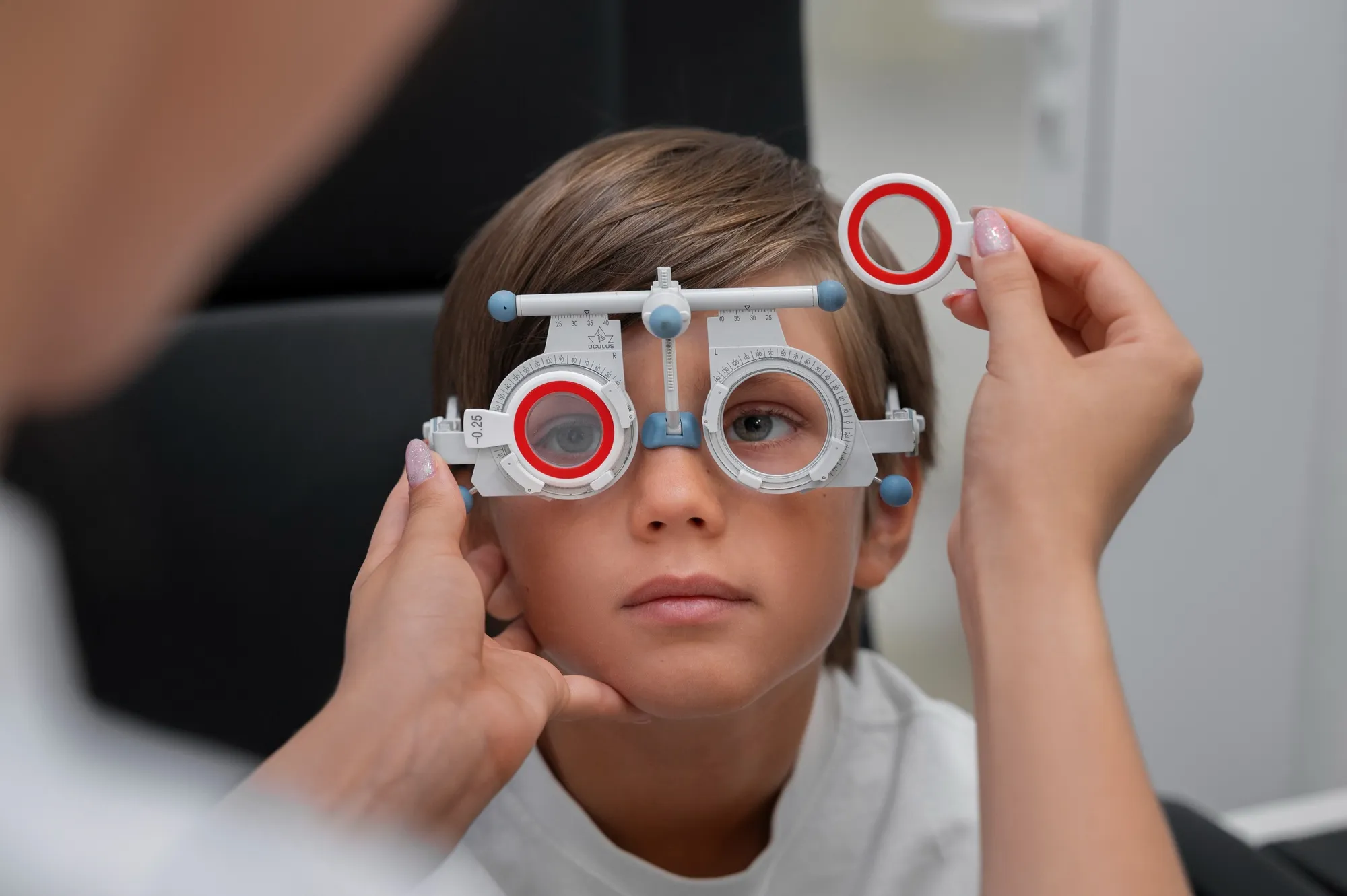Introduction
When a two-year-old patient presented with a sudden onset of lethargy, acute visual loss, fixed dilated pupils, and severe bilateral retinal hemorrhages, the clinical picture immediately raised the specter of abusive head trauma, an unfortunate and grim reality in pediatric medicine. However, the case described in a BMJ Case Reports journal article published on May 5, 2019, took an unexpected turn when further investigations revealed a diagnosis of bilateral optic neuritis associated with acute disseminated encephalomyelitis (ADEM) (Patrick et al., 2019). This news article delves into the complexities of the case, the diagnostic processes, and the significance of this medical experience, providing a detailed account of a child’s journey through a rare and challenging neurological condition.
The Initial Concern for Child Abuse
Child abuse, especially abusive head trauma, is a critical consideration in cases where children present with retinal hemorrhages. The differential diagnosis is extensive and requires a careful and methodical approach to rule out other etiologies. As Kemps (2011) notes, the recognition of abusive head trauma is crucial for the protection of vulnerable children and necessitates thorough investigation.
In the case described by Patrick et al. (2019), the initial presentation was highly suggestive of non-accidental injury. Retinal hemorrhages in young children are often linked to trauma, and immediate concern is appropriate given the potential for life-altering or fatal outcomes. As such, this case was first approached with a lens colored by the exigencies of child protection and the need for swift action.
A Turn in Diagnosis: Optic Neuritis and ADEM
However, subsequent clinical findings began to point away from abuse and towards a neurological diagnosis. Imaging studies, including magnetic resonance imaging (MRI), and further ophthalmological and neurological assessments paved the way towards the identification of bilateral optic neuritis – inflammation of the optic nerves – along with ADEM, an inflammatory disorder of the central nervous system that can follow viral infections or vaccinations.
Optic neuritis, as described by Balcer (2006), is often associated with visual loss and can present in conjunction with other symptoms depending on the underlying cause. The conjunction of optic neuritis with ADEM is particularly rare but provides a clinical picture that can be distinguished from abusive head trauma through careful evaluation.
In the case report by Patrick and colleagues, investigations revealed indicators that were consistent with ADEM, including lesions on the brain and spinal cord, coupled with optic neuritis and subsequent retinal hemorrhages, which have been documented in similar cases (Chan et al., 2011). The team treated the child with immunoglobulins, intravenous neuroprotective agents, and methylprednisolone – a standard treatment regimen aimed at reducing inflammation and supporting recovery (Pohl et al., 2016).
Understanding the Nuances of Retinal Hemorrhages
The differential diagnosis of retinal hemorrhages in pediatric cases extends beyond abuse to include a variety of medical conditions, such as increased intracranial pressure, Terson syndrome, and central retinal vein occlusion, as explored in the literature (Binenbaum et al., 2013; Bhardwaj et al., 2010). The elucidation of this specific case’s underlying condition emphasized the complexity of pediatric retinal hemorrhages and their diverse etiologies.
The Impact of This Case on Pediatric Medicine
Pediatric cases that intersect various medical specialties, such as neurology, ophthalmology, pediatrics, and radiology, underscore the importance of an interdisciplinary approach to diagnosis and treatment. The case discussed raised awareness about the potential for misdiagnosis and the importance of considering a full spectrum of potential causes when presented with retinal hemorrhages and neurological symptoms in a child.
Moreover, it stressed the importance of follow-up evaluations, as described in the study by Rostasy et al. (2016), which emphasize a thorough and ongoing assessment of pediatric patients with inflammatory demyelinating disorders to monitor their progress and adjust treatment plans accordingly.
The Collaborative Effort in Healthcare
The response to this case by the team at Starship Children’s Health in Auckland, New Zealand, epitomized the collaborative effort required in modern healthcare. As each specialist contributed their expertise, the correct diagnosis emerged from the shadows of initial assumptions. This interprofessional collaboration is an exemplary model for complex case management, particularly when dealing with conditions that can mimic more common and sinister diagnoses.
Conclusion
In the era of evidence-based medicine, this case report published by BMJ Case Reports offers a valuable lesson in the diagnosis and treatment of pediatric patients who present with retinal hemorrhages and neurological symptoms. It highlights the importance of maintaining an open differential diagnosis and relying on a multifaceted diagnostic approach. Importantly, it underscores the need for medical practitioners to resist the impulse to arrive at rapid conclusions, especially in cases where initial symptoms may misleadingly suggest child abuse.
Education for medical professionals is critical – understanding the overlapping presentations of conditions like optic neuritis and ADEM with patterns of retinal hemorrhage commonly associated with trauma can prevent misdiagnosis and ensure appropriate care for young patients.
References
1. Patrick, P., Vincent, A., Nolan, M., & Bastin, S. (2019). Retinal haemorrhage in a child with optic neuritis and acute disseminated encephalomyelitis. BMJ Case Reports, 12(5), e227211. doi:10.1136/bcr-2018-227211
2. Kemp, A. M. (2011). Abusive head trauma: recognition and the essential investigation. Archives of Disease in Childhood – Education and Practice, 96(4), 202–208. doi:10.1136/adc.2009.170449
3. Binenbaum, G., Rogers, D. L., Forbes, B. J., et al. (2013). Patterns of retinal hemorrhage associated with increased intracranial pressure in children. Pediatrics, 132(2), e430–e434. doi:10.1542/peds.2013-0262
4. Balcer, L. J. (2006). Clinical practice. Optic neuritis. The New England Journal of Medicine, 354(12), 1273–1280. doi:10.1056/NEJMcp053247
5. Pohl, D., Alper, G., Van Haren, K., et al. (2016). Acute disseminated encephalomyelitis: Updates on an inflammatory CNS syndrome. Neurology, 87(9 Suppl 2), S38–S45. doi:10.1212/WNL.0000000000002825
Keywords
1. Pediatric Optic Neuritis
2. Retinal Hemorrhage Child
3. Acute Disseminated Encephalomyelitis
4. Differential Diagnosis Neurology
5. Pediatric Neuroinflammatory Disorders
